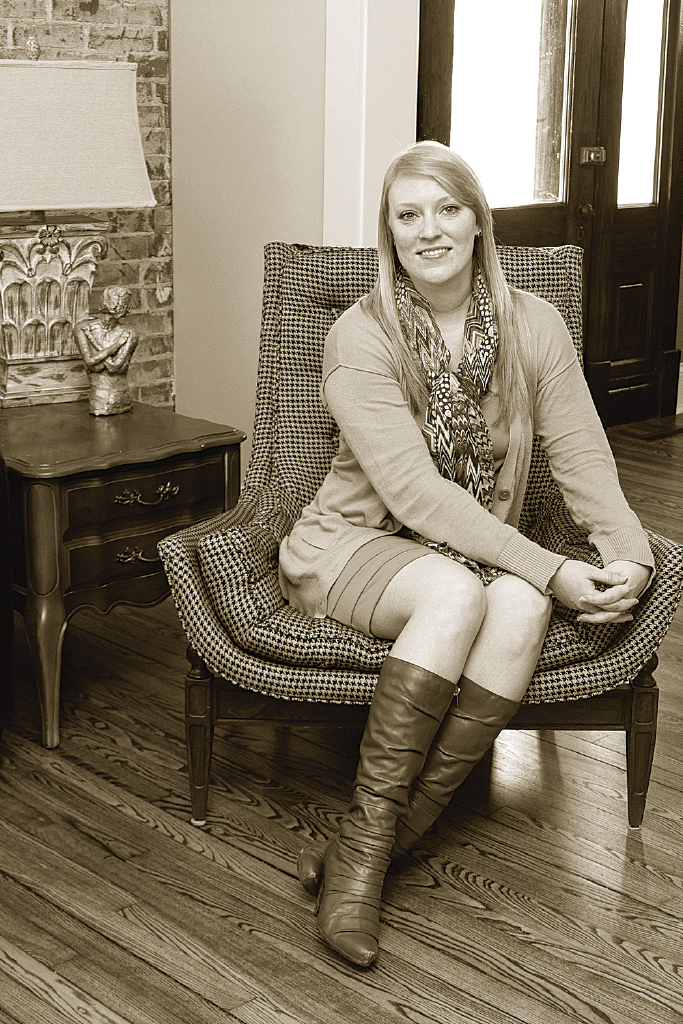From avocado green to Tuscan red: how color impacts your everyday life
Calypso, peppercorn, geranium — names of all the beautiful colors you remember using on your art project that your mom proudly hung on the refrigerator for days, until slipping it into the trash can when you weren’t looking, right?
Yeah, probably not.
Things have changed since the simple days of kindergarten art class. Visit any paint store, beauty counter or home furnishings department and you are presented with color names designed to evoke emotion. Of course, they’re all variants of one of the basic colors we grew up knowing. However, in the world of color, simple names such as purple and red are long gone.
Why is this, you ask? Studies have shown that consumers respond to these names. We want something we can connect to, and this need for connection is what marketers and brands are banking on, and why so much time and energy goes into developing names that move beyond the practical.
So what does that mean for you as a consumer? Here is a look at how color plays a role in our everyday lives.
Color and design
Whether you’re moving into a new home or redecorating your current one, choosing the colors to use throughout is one of the biggest decisions you make.
According to Cindy Buchheit, interior designer and owner of Unique Ambiance in Cape Girardeau, “There are certain psychological reactions that humans have to color. Whether it’s consciously or subconsciously, each color tends to make us feel a certain way, mainly as a result of childhood memories, both good and bad.”
So while textbook color theory may say red increases your heart rate and should be used in the kitchen, or you should never paint a bedroom a loud color and instead choose a serene, peaceful palette, if you associate an unpleasant experience with a specific color, then you may want to choose something else.
An example Buchheit uses is “even though yellow is thought to be a happy color, I’ve had a client tell me that their grandmother had the worst yellow wallpaper in her bathroom, and they would never be able to use any shade of it in their house.”
Geography also plays a role when it comes to color choices for housing material, both interior and exterior.
“Depending on where you are geographically in the United States, there have been predetermined color palettes that you can pick from,” says Buchheit. “They’re divided into three different ranges: East Coast, which is primarily coastal colors; Midwest, which is earth tones; and the West Coast, which is more whites and Spanish-infused.”
Ultimately, you are the one living in your space, so more important than what a color supposedly says, is what you like.
“I like to find out what colors make my clients happy or calm, because that’s ultimately how people want to feel when they go home after a long day at work or school,” says Buchheit.
Color and cars
After a home, a car is usually the second largest purchase you’ll make in a lifetime. Whether it’s a practical, white mid-sized sedan, or a snazzy red Corvette, color often plays as large a role in selection as price and available options.
According to Kelley Blue Book, “Silver remains the color of choice for luxury vehicles, with a full third of them being silver and another 30 percent being a version of white.” Gray, on the other hand, while similar to silver, is more non-descript and doesn’t stand out. On the opposite end of that spectrum is the yellow car, which may be too risky for some, since the color makes up only 1 to 2 percent of car colors.
While there are some who choose crazy, off- the-wall colors, most Americans choose to stick with traditional colors such as white, black or silver, more than likely due to the assumption that these cars tend to have a higher resale value and less depreciation. Plus trends in car colors flip every six to eight years — opposed to every season like clothes — so with this larger investment, purchasing them requires more thought and conviction.
Color and product purchases
So what about those not-so-big purchases that you make on an everyday basis? Does color factor into those?
Seriously? Is that even a question at this point? Of course it does — and it’s a factor companies spend millions of dollars each year researching. No product or logo color choice is left to chance.
Want to feel sophisticated? Companies are betting you’ll opt for something in black (here’s looking at you, Little Black Dress). Concerned about the environment or your health? There’s probably a product in green packaging or a company with a green logo waiting for you. Think you feel hungry? McDonald’s, Wendy’s, Sonic and Hardee’s expect it after seeing their red logos.
So how often does this work? According to a study called “The Impact of Color in Marketing,” researchers found “up to 90 percent of snap judgments made about products can be based on color alone.” Why this works is actually a theory in itself, called the Psychology of Color.
Color popularity and the role it plays in our day-to-day-lives has been and will continue to be a cyclical trend with fashion houses, designers and marketing experts helping to determine what is “in” or “out” in a given season. However, we think Cindy Buchheit sums it up best when she says what matters most when it comes to color is what you like and what works for your life.
So choose the bright green car, wear the blue lipstick and continue to buy all the black clothing you want, because at the end of the day, it’s all about being happy.
Cindy Buchheit, interior designer


